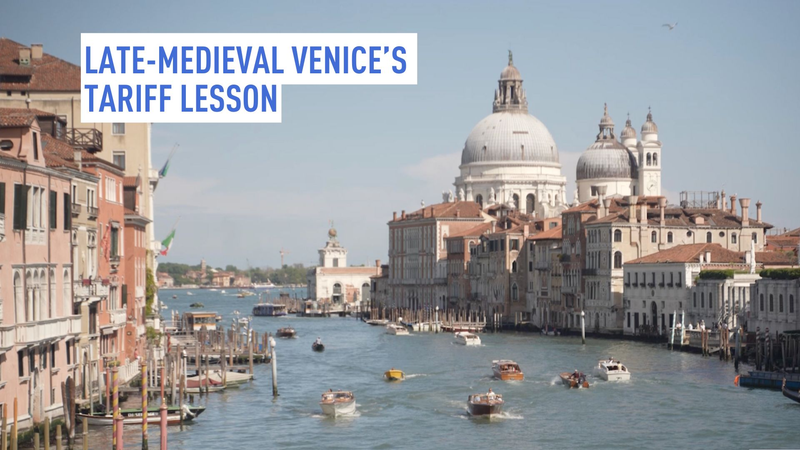In the world of trade policy, history has a surprising lesson from a city that once ruled the seas. Late-medieval Venice built its wealth on carefully managed duties, while today's leaders debate steep levies to reshape global markets.
U.S. President Donald Trump is no stranger to tariffs as a tool of leverage. Since taking office, he's imposed duties on a range of imports, aiming to protect domestic industries and force trade concessions. But this approach is far from unprecedented.
Back in the 14th and 15th centuries, the Republic of Venice was the powerhouse of Mediterranean commerce. Venetian authorities imposed customs duties on goods from Asia, Africa and Europe. Yet, as Luciano Pezzolo of Ca' Foscari University notes, "Trade was considered the wealth of the city and tariffs had to promote exchange. That's why usually the Venetian government tried to maintain tariffs as low as possible."
By keeping duties modest, Venice attracted merchants from across the known world, fueling economic growth, cultural exchange and technological innovation. Ships laden with silk, spices and precious metals docked at the Arsenale, the hub of Venetian shipbuilding, returning with the latest ideas and designs.
In contrast, modern tariff battles often aim to reshape global supply chains through higher duties and reciprocal measures. While this can protect certain industries, critics argue that escalating tariffs risk sparking trade wars that hurt consumers and global cooperation.
The Venetian example reminds us that lower barriers can sometimes deliver more value, fostering networks that enrich communities. As policymakers weigh the future of global commerce, they might ask: are tariffs best used as weapons, or should they be tuned as instruments of exchange?
Whether you're a startup founder eyeing new markets, a student of global politics, or a traveler tracing the routes of ancient merchants, the tale of Venice underscores one enduring truth: trade thrives on openness, and measured duties can be the wind in its sails.
Reference(s):
Comparing late-medieval Venice's tariff use to that of Trump
cgtn.com




